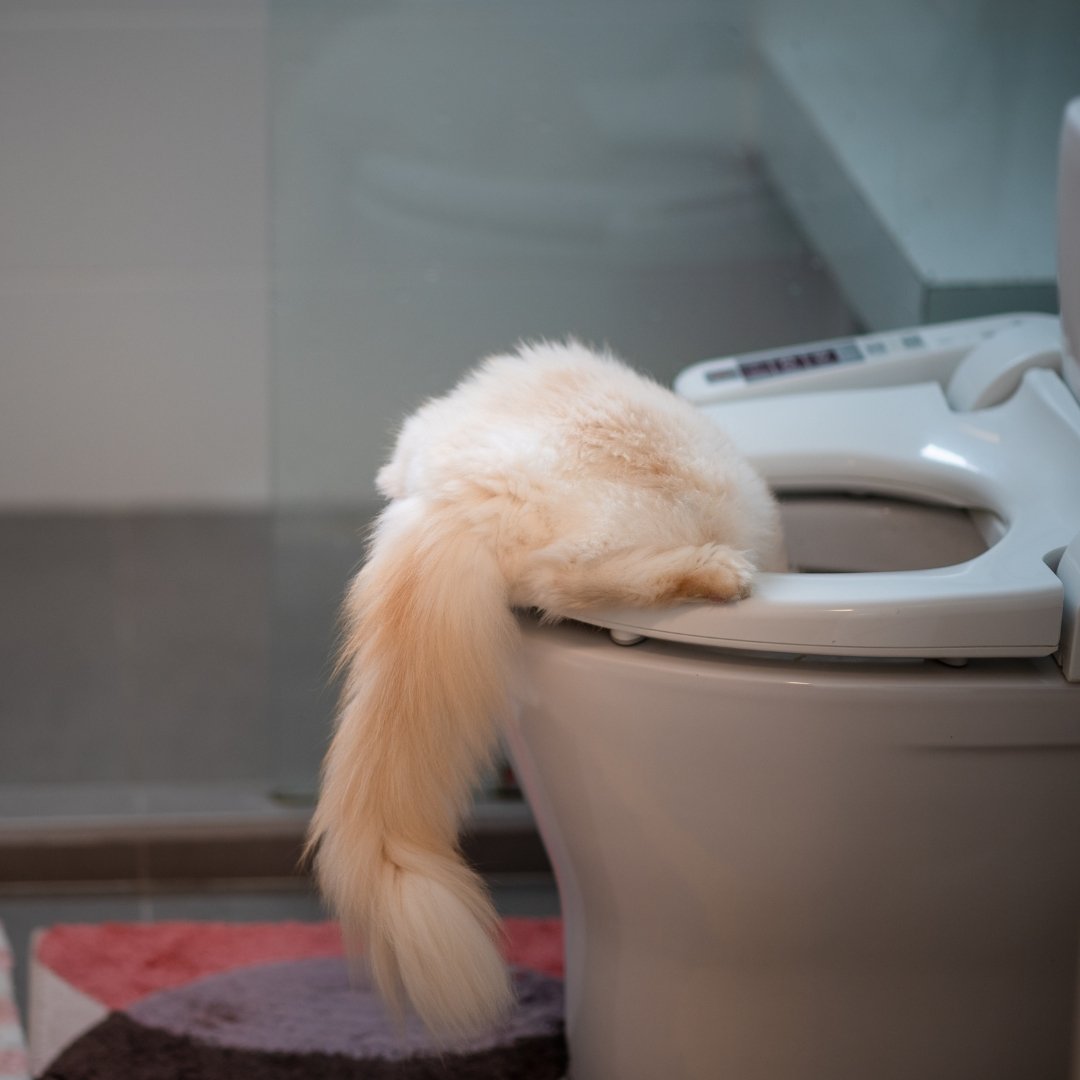Reasons You Should Avoid Flush Cat Poop Down Your Toilet - Crucial Information
BookEach person seems to have their unique way of thinking when it comes to Can You Flush Cat Poo or Litter Down the Toilet?.

Introduction
As pet cat proprietors, it's essential to be mindful of how we deal with our feline pals' waste. While it may seem convenient to flush pet cat poop down the toilet, this method can have harmful effects for both the environment and human health and wellness.
Ecological Impact
Purging cat poop introduces dangerous virus and parasites into the water system, posturing a substantial threat to marine ecosystems. These contaminants can negatively impact marine life and compromise water quality.
Health Risks
Along with ecological worries, flushing cat waste can also posture wellness dangers to people. Cat feces might consist of Toxoplasma gondii, a parasite that can create toxoplasmosis-- a possibly severe ailment, especially for pregnant ladies and individuals with damaged immune systems.
Alternatives to Flushing
Luckily, there are safer and extra accountable methods to dispose of cat poop. Take into consideration the adhering to options:
1. Scoop and Dispose in Trash
The most typical technique of disposing of pet cat poop is to scoop it right into a biodegradable bag and throw it in the trash. Be sure to make use of a dedicated trash scoop and deal with the waste without delay.
2. Use Biodegradable Litter
Opt for eco-friendly pet cat litter made from materials such as corn or wheat. These trashes are environmentally friendly and can be safely gotten rid of in the trash.
3. Hide in the Yard
If you have a lawn, think about burying pet cat waste in an assigned area far from vegetable yards and water sources. Be sure to dig deep adequate to prevent contamination of groundwater.
4. Mount a Pet Waste Disposal System
Purchase a pet garbage disposal system specifically created for cat waste. These systems utilize enzymes to break down the waste, lowering odor and ecological influence.
Conclusion
Accountable pet dog ownership extends beyond supplying food and sanctuary-- it also involves appropriate waste monitoring. By avoiding purging cat poop down the commode and choosing alternative disposal techniques, we can decrease our ecological impact and secure human wellness.
Why Can’t I Flush Cat Poop?
It Spreads a Parasite
Cats are frequently infected with a parasite called toxoplasma gondii. The parasite causes an infection called toxoplasmosis. It is usually harmless to cats. The parasite only uses cat poop as a host for its eggs. Otherwise, the cat’s immune system usually keeps the infection at low enough levels to maintain its own health. But it does not stop the develop of eggs. These eggs are tiny and surprisingly tough. They may survive for a year before they begin to grow. But that’s the problem.
Our wastewater system is not designed to deal with toxoplasmosis eggs. Instead, most eggs will flush from your toilet into sewers and wastewater management plants. After the sewage is treated for many other harmful things in it, it is typically released into local rivers, lakes, or oceans. Here, the toxoplasmosis eggs can find new hosts, including starfish, crabs, otters, and many other wildlife. For many, this is a significant risk to their health. Toxoplasmosis can also end up infecting water sources that are important for agriculture, which means our deer, pigs, and sheep can get infected too.
Is There Risk to Humans?
There can be a risk to human life from flushing cat poop down the toilet. If you do so, the parasites from your cat’s poop can end up in shellfish, game animals, or livestock. If this meat is then served raw or undercooked, the people who eat it can get sick.
In fact, according to the CDC, 40 million people in the United States are infected with toxoplasma gondii. They get it from exposure to infected seafood, or from some kind of cat poop contamination, like drinking from a stream that is contaminated or touching anything that has come into contact with cat poop. That includes just cleaning a cat litter box.
Most people who get infected with these parasites will not develop any symptoms. However, for pregnant women or for those with compromised immune systems, the parasite can cause severe health problems.
How to Handle Cat Poop
The best way to handle cat poop is actually to clean the box more often. The eggs that the parasite sheds will not become active until one to five days after the cat poops. That means that if you clean daily, you’re much less likely to come into direct contact with infectious eggs.
That said, always dispose of cat poop in the garbage and not down the toilet. Wash your hands before and after you clean the litter box, and bring the bag of poop right outside to your garbage bins.
https://trenchlesssolutionsusa.com/why-cant-i-flush-cat-poop/

I was made aware of that write-up on How to Dispose of Cat Poop and Litter Without Plastic Bags from an acquaintance on our other web page. In case you enjoyed our page if you please remember to pass it around. Many thanks for your time spent reading it.
Click